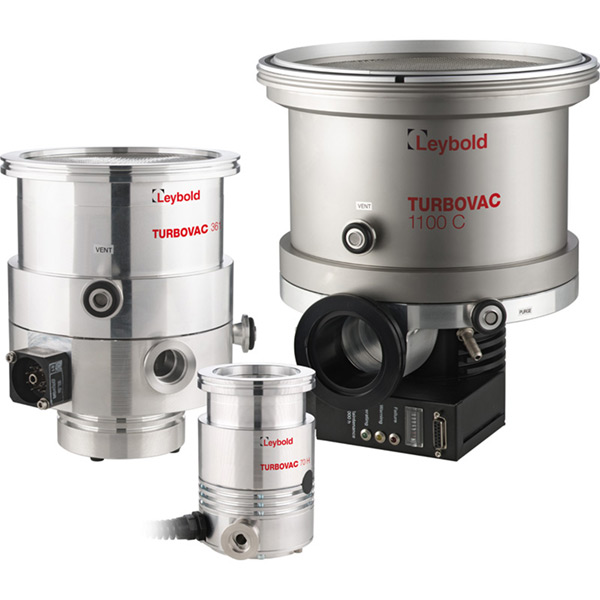
Questions of admissibility arise as advancing methods of analysis and novel applications of established methods are introduced. It is now admissible in all jurisdictions, but there are many types of forensic DNA analysis, and still more are being developed. The evidence has been the subject of extensive scrutiny by lawyers, judges, and the scientific community. More than 30 years later, samples of human DNA began to be used in the criminal justice system, primarily in cases of rape or murder. Its chemical structure was elucidated in 1954.

Sample Collection, Preservation, and Contaminationĭeoxyribonucleic acid, or DNA, is a molecule that encodes the genetic information in all living organisms. Sample Collection and Laboratory PerformanceĪ. What questions do the new technologies raise? What Can Be Done to Validate a Genetic System for Identification?Ĥ. How Is STR Profiling Done with Capillary Electrophoresis?Į. What Are DNA Polymorphisms and How Are They Detected?Ģ. Variation in Human DNA and Its Detectionī.


George Sensabaugh, D.Crim., is Professor of Biomedical and Forensic Sciences, School of Public Health, University of California, Berkeley. Kaye, M.A., J.D., is Distinguished Professor of Law, Weiss Family Scholar, and Graduate Faculty Member, Forensic Science Program, The Pennsylvania State University, University Park, and Regents’ Professor Emeritus, Arizona State University Sandra Day O’Connor College of Law and School of Life Sciences, Tempe. Reference Guide on DNA Identification Evidenceĭavid H.


 0 kommentar(er)
0 kommentar(er)
